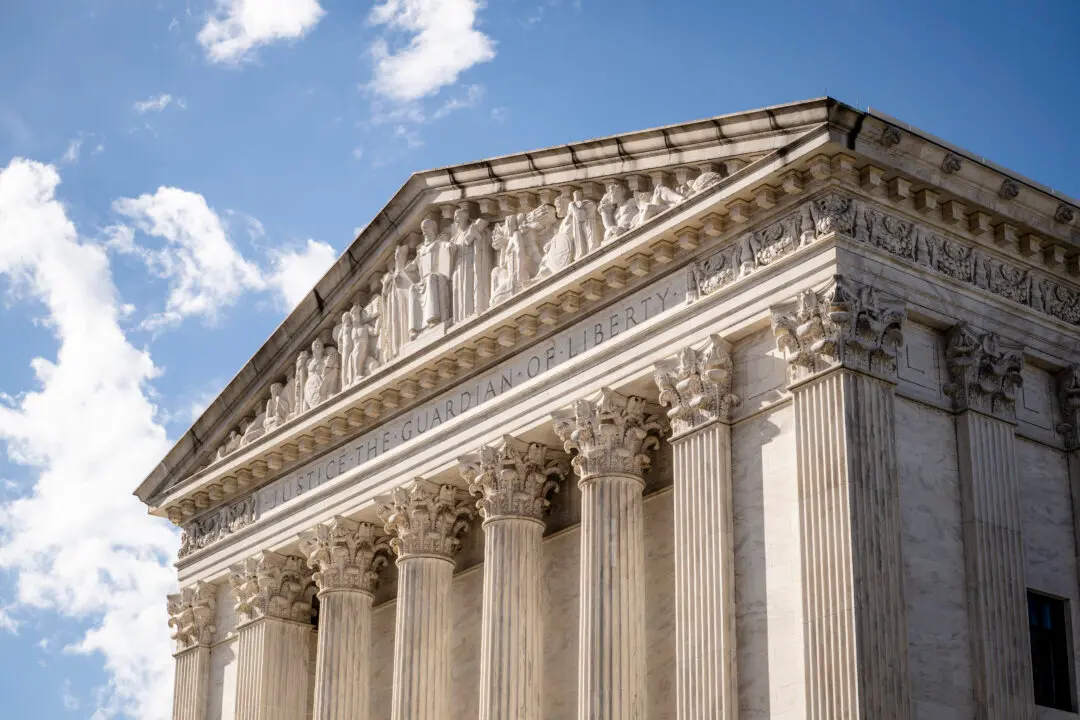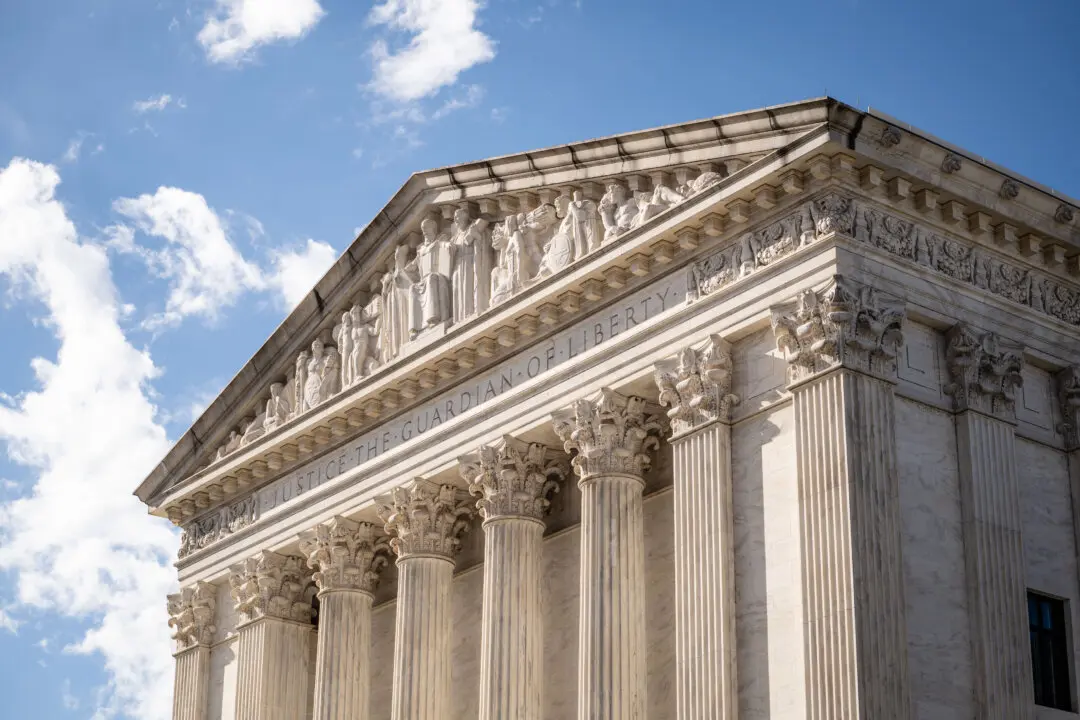The Biden administration told the Supreme Court on Nov. 7 that a lower court ruling invalidating a federal law that bars people under domestic violence-related restraining orders from possessing firearms should be overturned.
The case of United States v. Rahimi (court file 22-915) concerns a February ruling by the U.S. Court of Appeals for the 5th Circuit that struck down Section 922(g)(8) of Title 18 of the U.S. Code, a 1994 law that prohibits a person who is subject to a domestic restraining order from having a gun.





